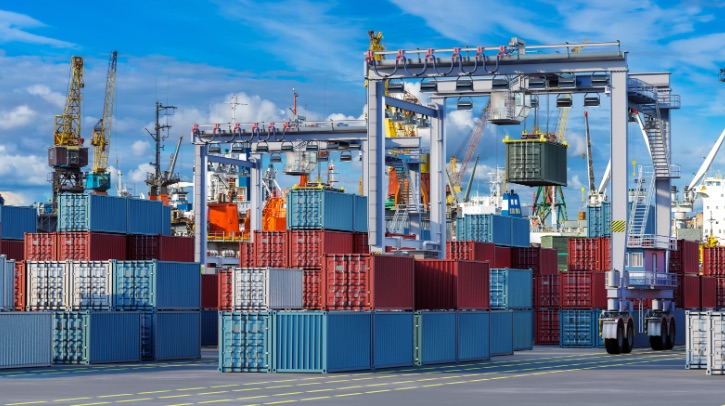The European Commission has issued informal guidance on the compatibility with EU competition rules of a sustainability agreement for the joint purchasing and the setting of technical specifications for electric container-handling equipment used in ports. According to the organization, this would accelerate the shift from diesel to electric equipment in EU ports, contributing to reducing CO2 emissions.
The envisaged agreement aims at reducing the costs for port terminal operators (i) by permitting them to pool a part of their future demand of these products; (ii) by providing suppliers with a more predictability about future demand; and (iii) by improving interoperability, in particular, between charging equipment produced by different suppliers.
The informal guidance letter
The Commission considers that the proposed agreement does not raise concerns under Article 101 of the Treaty on the Functioning of the European Union (‘TFEU’), provided it includes certain safeguards aimed at ensuring, among other things: firstly, the ability of the participating port terminal operators to each continue purchasing straddle and shuttle carriers independently; secondly, that the volume of demand that is pooled through the agreement is capped and therefore does not give rise to anti-competitive effects vis-à-vis the suppliers of these products; and, thirdly, that the exchange of competitively sensitive information between participating terminal operators remains limited to what is strictly necessary for the functioning of the agreement.
The commission primarily based its guidance on the information provided by APM Terminals. The guidance remains applicable for five years and is limited to the territory of the European Economic Area (EEA).
Background
In December 2024, APM Terminals filed a request for informal guidance under the revised Commission Notice on informal guidance relating to novel or unresolved questions concerning Articles 101 and 102 of the TFEU that arise in individual cases.
The operator requested the Commission to provide informal guidance on an agreement with other port terminal operators for the joint purchasing and the joint setting of minimum technical specifications of battery-electric straddle and shuttle carriers.
The organization highlighted that because most straddle and shuttle carriers used in European ports are diesel-powered, port terminal operators have been reluctant to purchase battery-electric carriers due to significantly higher costs, but also due to the lack of interoperability, in particular, between charging equipment from different suppliers.
Article 101 of the TFEU prohibits agreements, decisions of associations of companies and other restrictive business practices that may affect trade and prevent, restrict or distort competition within the single market.
Regulation 1/2003 sets up an enforcement system for Articles 101 and 102 TFEU based on self-assessment, as businesses are generally well-placed to assess the legality of their actions.
The Commission will publish a non-confidential version of the guidance letter on its competition website, in the public case register under the case number AT.40976 as soon as any confidentiality requests have been addressed.
Teresa Ribera, executive vice-president for clean, just and competitive transition at the European Commission, stated, “EU competition rules ensure a functioning single market and fair competition. Where companies want to genuinely contribute to the transition to a net-zero economy, their efforts to decarbonize and to drive growth should not be hampered by uncertainty about the application of our competition rules.
“By issuing this guidance letter, we are providing clarity on the application of competition law to arrangements facilitating the switch to green container handling equipment at European ports, thereby contributing to the clean transition of infrastructures crucial to the single market and to EU trade.”
In related news, the European Commission recently selected 94 transportation projects to receive nearly €2.8bn (US$3.3bn) in EU grants under the Connecting Europe Facility (CEF). Read the full story here



